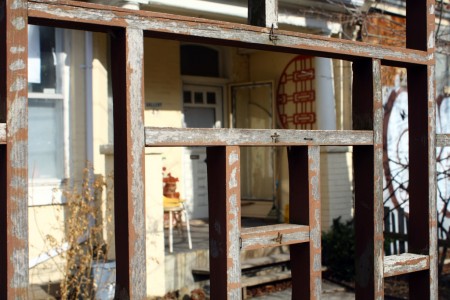
The idea behind iron fertilization as a form of geoengineering is this: organisms in the ocean often have a rate of growth that is confined by the availability of a single nutrient. It’s like assembling laptops when there is only a limited amount of silicon around for processors. No matter how many cases, keyboards, and screens you can build, you can’t make finished laptops until you get more silicon. Since iron is often a growth-limiting nutrient in the ocean, the hope is that humans could add it to the sea, causing a bloom in ocean plant life. Those living things would draw carbon dioxide (CO2) from the atmosphere and then, hopefully, sink to the bottom of the sea and keep the carbon trapped there for a long time.
Recently, scientists tried adding six tonnes of iron to the Southern Ocean, around Antarctica. The idea was to test whether such an approach could help draw down the level of CO2 in the atmosphere. As reported by the BBC, the experiment was not very successful. They quote Victor Smetacek as saying:
There’s been hope that one could remove some of the excess carbon dioxide – put it back where it came from, in a sense, because the petroleum we’re burning was originally made by the algae. But our results show this is going to be a small amount, almost negligible.
Basically, the problem seems to be that the algae get eaten by animals near the surface, rather than sinking undigested to the cold ocean floor. That means the carbon remains within the Earth’s physical and biological cycles, rather than sinking down to where it won’t have medium-term effects. It may be that fertilization experiments in other locations, or with other nutrients, prove more successful.
Some odd game theory surrounds geoengineering. One possibility is that no type of geoengineering will not work at all. Another is that it might lower temperatures, but have unacceptable other effects. People also worry that the very possibility of geoengineering makes policy-makers more reckless, since they see it as a possible long-term solution that eliminates the need to reduce emissions. From an environmental standpoint, it would be useful to know that geoengineering certainly would not work, since it would help avoid a dead-end technology and would make it even more clear that emissions must be sharply reduced. That being said, it may be environmentally harmful to learn that it is possible, especially if the harmful consequences will mostly be borne by people living in poor states with relatively low greenhouse gas emissions. Powerful states may be tempted to geoengineer their way out of the climate problem, even if the consequences for those in other parts of the world are appalling. Given how appalling the consequences of our greenhouse gas emissions are likely to be for future generations within our own states, it would not be surprising if voters and governments opt for such a negligent course of action. The fact that we are cheerfully committing suicide suggests that we will probably commit murder without the slightest concern or consideration. Of course, knowing that geoengineering is possible would give us one last desperate option, in the event that abrupt and catastrophic climate change begins.
As it stands, the world simply isn’t coordinated enough to prevent any research into geoengineering. All we can do is fight to ensure the information and techniques that are acquired be used in a responsible way: taking into account the welfare of people around the world, in both this generation and those that will follow.







